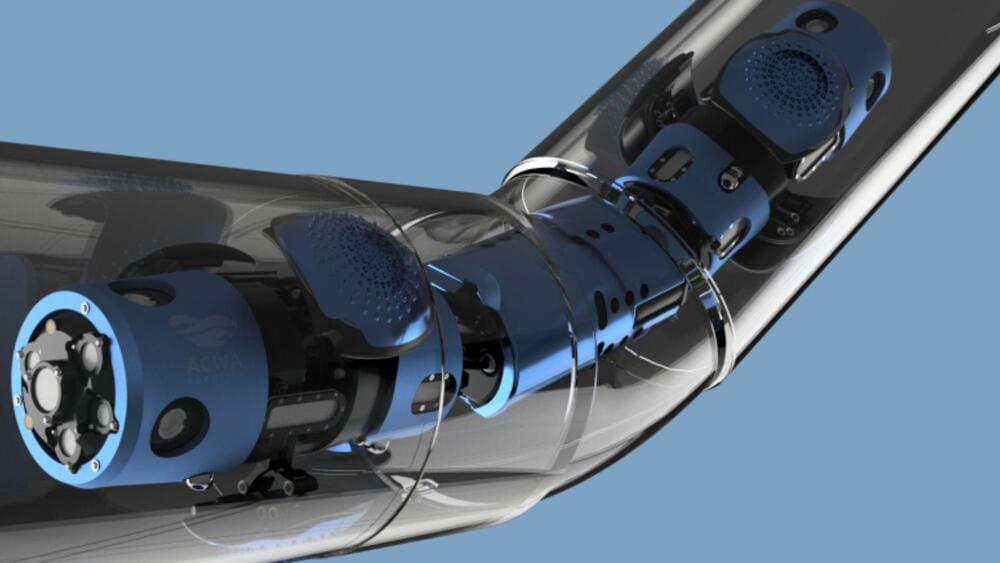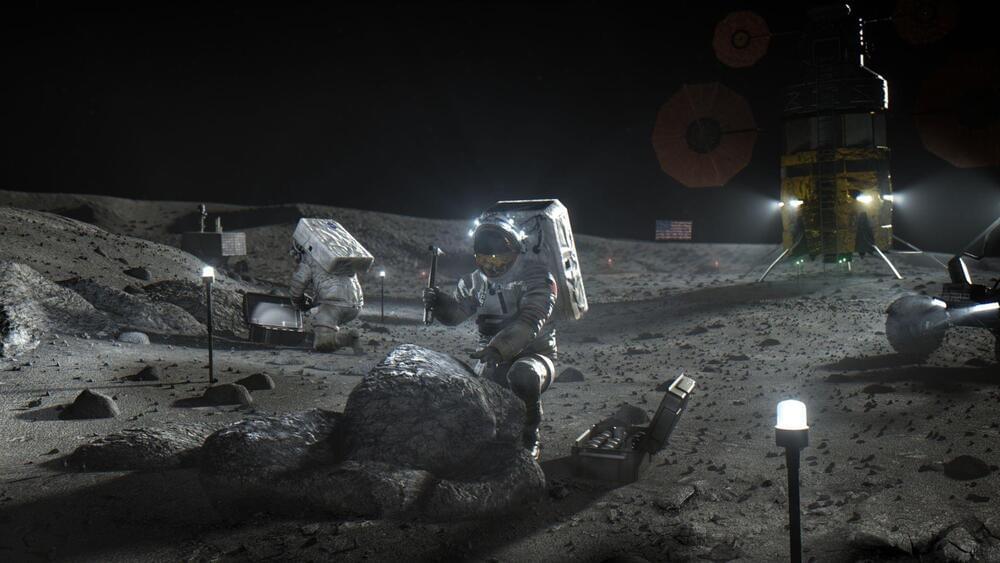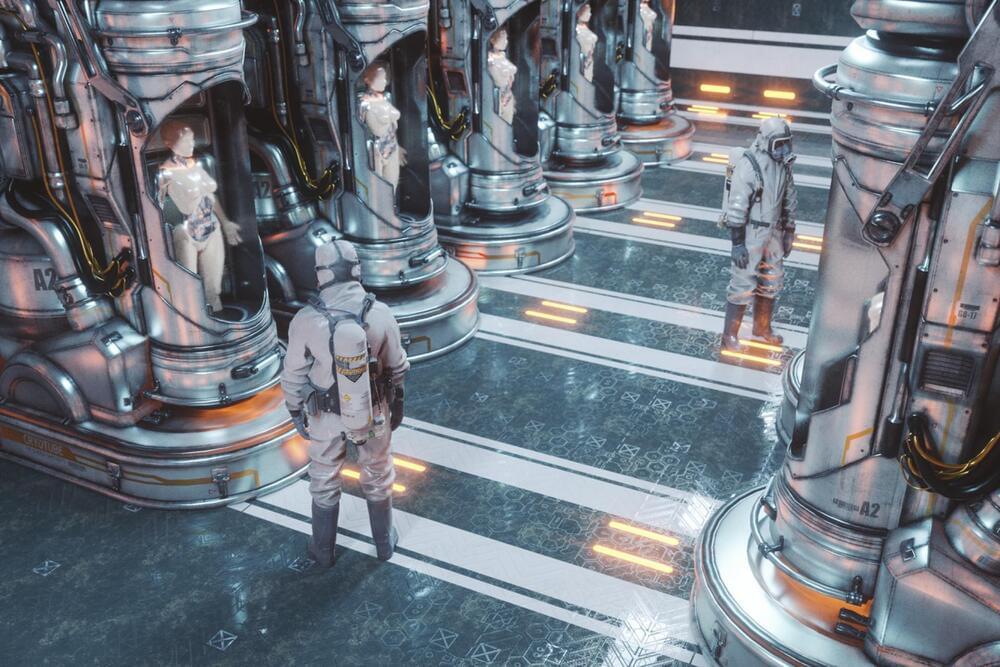An aerial fireworks burst is produced by launching a fireworks shell high into the air, where an explosion occurs. This explosion propels brightly burning particles (known as “stars”) in many directions. Each streak of light in the firework is a burning “star” flying through the air.
Coal and saltpeter (potassium-nitrate) are used to create gunpowder, the fuel that allows the stars in the firework to burn. Nitratine, a highly reactive mineral, is the natural form of sodium-nitrate and serves as an oxidizer for fireworks, supporting the fuel’s combustion.
The vibrant colors in a firework don’t come directly from the burning fuel, but metallic minerals that are deliberately added in very small amounts to the mix. As the fuel burns, the metal atoms in the crystal structure absorb energy, emitting a specific wavelength of light that we perceive as a distinct color.








